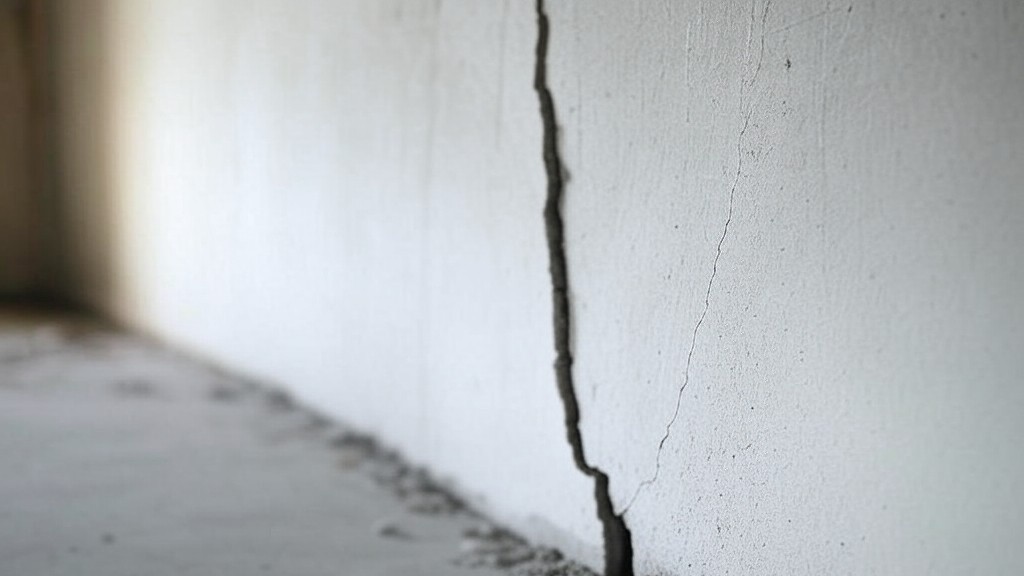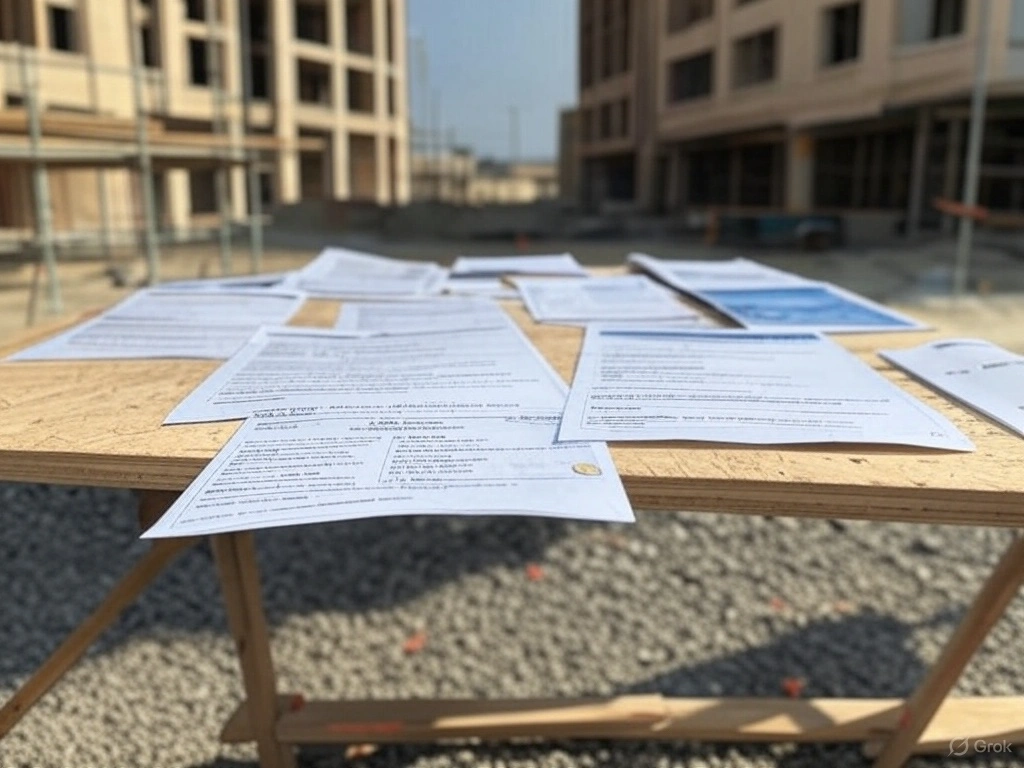Wall Cracks - Identify their severity
Wall cracks can be concerning for homeowners, as they may range from minor cosmetic imperfections to significant structural issues. Understanding the severity of a crack is crucial in determining the necessary repairs and avoiding potential hazards. Here are key factors to consider when assessing wall cracks.
1. Location of the Crack
The location of a crack plays a significant role in determining its severity. Cracks in load-bearing walls are generally more critical than those in non-load-bearing walls.
- Load-bearing walls support the structure above them, and cracks in these walls may compromise the building’s stability.
- Non-load-bearing walls mainly serve as partitions and do not support structural weight. While cracks in these walls should not be ignored, they typically pose less risk.
2. Size of the Crack
The width and length of a crack can indicate its severity.
- Hairline cracks (less than 1/16 inch or 1.5 mm wide) are generally cosmetic and caused by minor shrinkage.
- Moderate cracks (up to 1/4 inch or 6 mm wide) may indicate some foundation settlement but are not always serious.
- Large cracks (wider than 1/4 inch or with gaps forming between walls and ceilings) may signal structural issues requiring professional evaluation.
3. Shape and Pattern
The shape of the crack provides clues about the underlying cause:
- Vertical cracks are often caused by minor settling and shrinkage, usually not a major concern.
- Diagonal cracks may indicate structural stress, often due to foundation movement or shifting.
- Horizontal cracks are more serious, especially in basement walls, as they can indicate excessive lateral pressure from soil or water.
- Stair-step cracks in brick or masonry walls may suggest foundation settlement and should be examined by an expert.
4. Movement and Progression
Observing how a crack changes over time is crucial:
- If the crack remains the same size, it may be stable and not an immediate concern.
- If it widens, deepens, or shows signs of movement , it could indicate ongoing structural failure and should be addressed promptly.
- Additional signs, such as bulging or leaning walls, are strong indicators of instability.
5. Additional Factors to Consider
Several external factors can contribute to cracking, affecting the severity and necessary repairs:
- Age of the building – Older buildings naturally develop cracks due to long-term settling.
- Climate and temperature changes – Fluctuations in temperature and humidity can cause expansion and contraction, leading to cracks.
- Foundation issues – Shifting or settling foundations can cause significant wall cracking.
- Water damage – Moisture infiltration weakens walls and increases the risk of structural failure.
- Plumbing leaks – Water leaks behind walls can lead to weakening and cracking.
- Nearby construction or heavy vibrations – Heavy machinery, traffic, or seismic activity can contribute to cracks in walls.
When to Seek Professional Help
If you are uncertain about a crack’s cause or severity, consulting a structural engineer or foundation expert is advisable. They can determine the root cause and recommend appropriate repairs, such as reinforcing walls, sealing cracks, or addressing foundation issues.
Final Thoughts
While some wall cracks are purely cosmetic, others may indicate serious structural problems. Assessing their location, size, shape, and movement, along with considering environmental factors, will help determine the best course of action. Addressing minor issues early can prevent costly repairs and ensure the long-term stability of your home.














